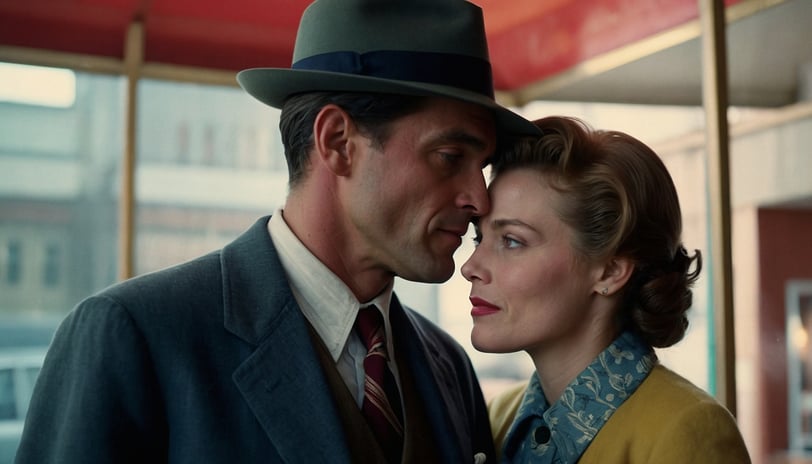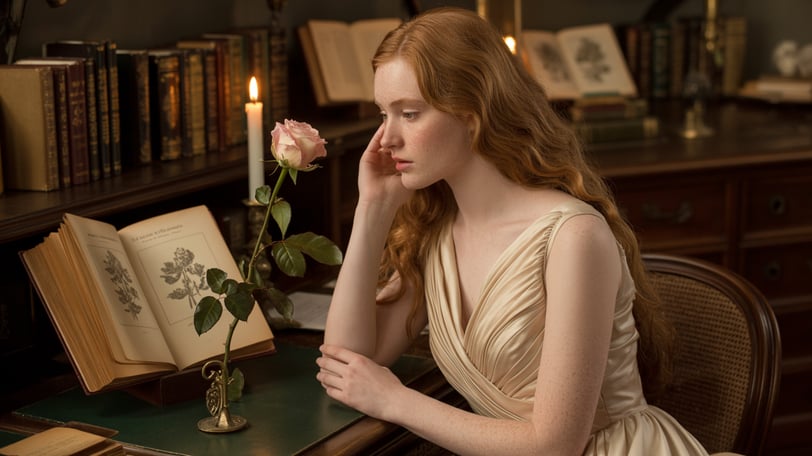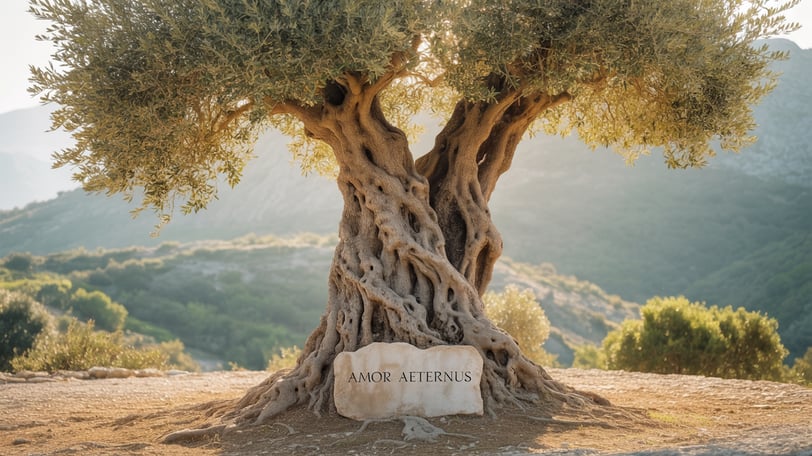The Evolution of Love
Discover the evolving story of the evolution of love in our blog post, from ancient customs to modern complexities, exploring how societal shifts shape the dynamics of human relationships.


Love, in its many forms, has evolved significantly throughout human history, reflecting changes in societal norms, cultural beliefs, and personal relationships. Understanding the evolution of love not only sheds light on its dynamic nature but also offers insights into how we perceive and experience this fundamental human emotion.
Early Notions of Love
Love's history can be traced back to ancient civilizations, where it often intertwined with concepts of duty, family, and survival. In early societies, marriages were often arranged for economic and political reasons rather than affection. However, expressions of romantic love and passion were also documented in literature and poetry from ancient Greece to medieval Europe, highlighting a growing emphasis on personal choice and emotional connection.


Love in the Renaissance and Enlightenment
During the Renaissance and Enlightenment periods, there was a shift towards individualism and personal expression, which influenced how love was perceived. Romantic love began to be idealized in literature and art, emphasizing intense emotional experiences and the pursuit of happiness through relationships. This era laid the groundwork for modern conceptions of love as a personal and transformative experience.
Industrial Revolution and Modern Love
The Industrial Revolution brought significant social and economic changes that impacted relationships and family dynamics. Urbanization and migration led to greater independence for individuals, including women, who gained more autonomy in choosing their partners. This period marked a shift towards companionate marriages based on mutual affection and companionship rather than purely practical considerations.


20th Century and Beyond
The 20th century witnessed further transformations in love and relationships, influenced by social movements, technological advancements, and changing gender roles. The feminist movement, for instance, challenged traditional roles and expectations within relationships, promoting equality and mutual respect. The advent of mass media and digital communication further reshaped how people meet, connect, and maintain relationships, expanding the possibilities for romantic encounters and long-distance relationships.
Evolution of Love in the Digital Age
In the digital age, social media platforms and dating apps have revolutionized how people form and maintain relationships. While these technologies offer unprecedented connectivity and convenience, they also pose challenges such as superficiality, comparison culture, and digital infidelity. Despite these challenges, many find meaningful connections online, highlighting the evolving nature of romantic interactions in the 21st century.


Cultural and Global Perspectives
Love's evolution is not uniform across cultures and societies. Different cultures have unique customs, traditions, and values that influence how love is expressed and experienced. From arranged marriages to polyamory, cultural diversity enriches our understanding of love as a multifaceted and culturally contingent phenomenon.
The Future of Love
Looking ahead, the future of love is likely to be shaped by ongoing social, technological, and demographic changes. As societal norms continue to evolve, so too will our definitions and expectations of love. Concepts such as self-love, conscious relationships, and sustainability in partnerships may gain prominence as individuals seek fulfillment and connection in a rapidly changing world.
In conclusion, the evolution of love is a testament to its enduring relevance and complexity as a human experience. From ancient traditions to modern complexities, love has adapted and thrived amidst changing societal landscapes. By exploring its historical roots and contemporary manifestations, we gain a deeper appreciation for the rich tapestry of human emotions and relationships.
